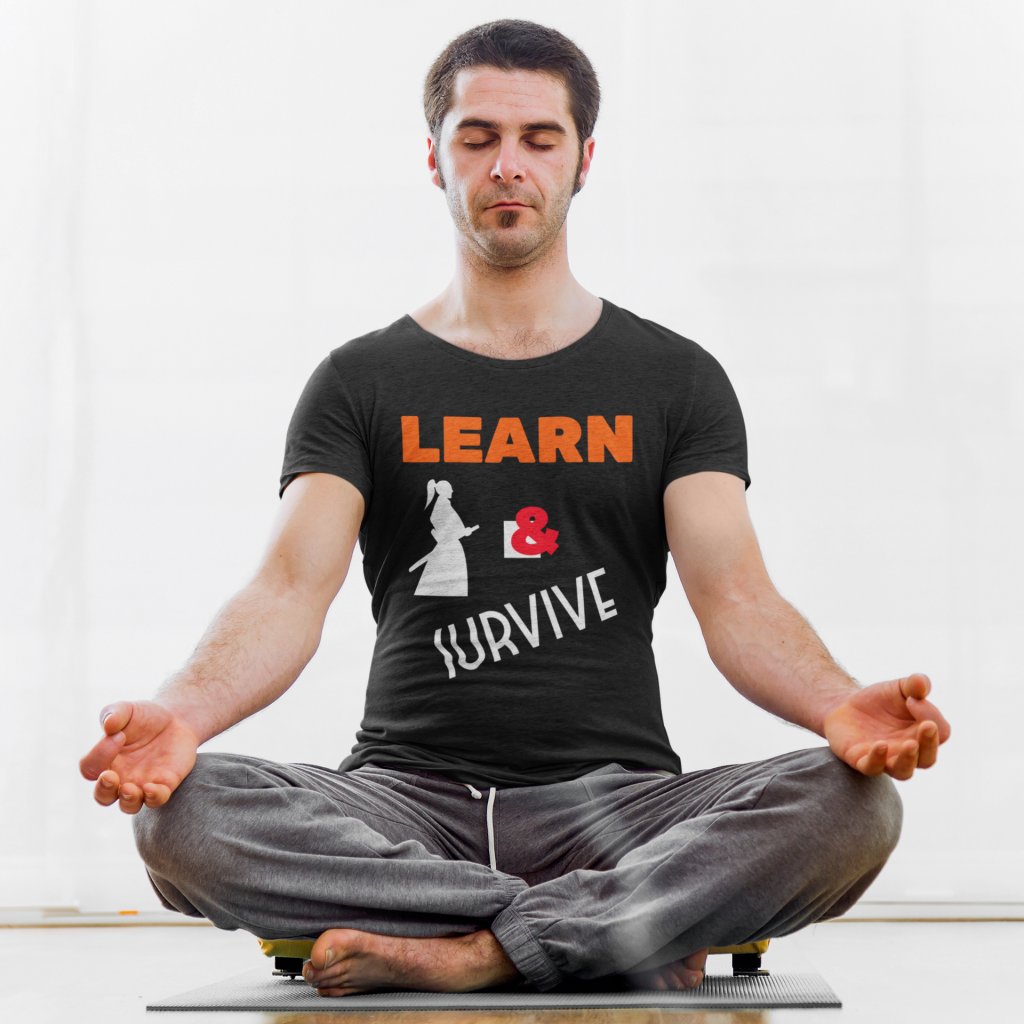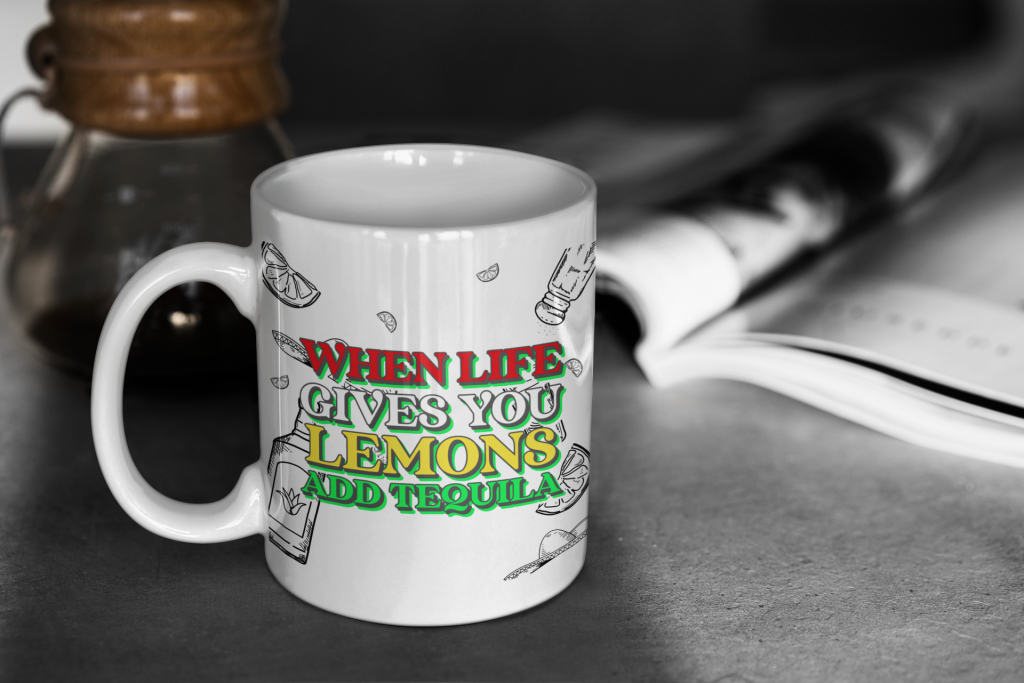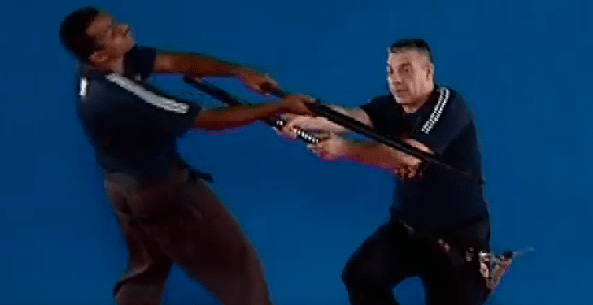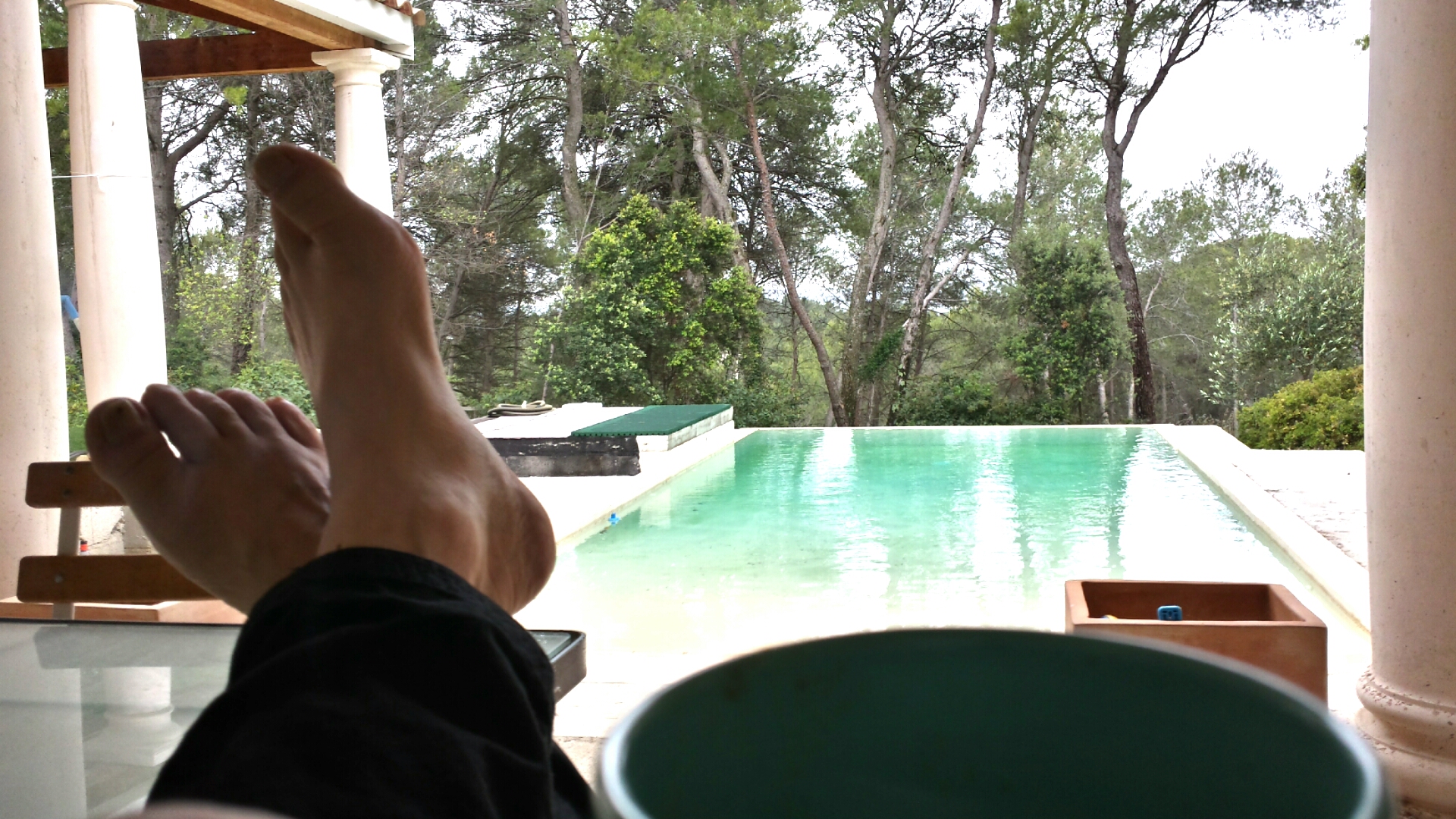Can We Excel, Or Not?
From Shiro Kuma by kumablog

Studying martial arts is training to become the best budōka possible. But can you reach excellence? The quest for excellence fuels the Budō passion, but excellence is a utopia, is it possible? But is it possible to get it even if you are not a divine being? I don’t think so.
I recently wrote a text on learning and the need to never stop learning. These days many ask what we can do when a majority of dōjō is in lockdown?
While studying at CSUC, I learned that any training can be both physical and mental. Mental training is quite powerful. That is why professional sports coaches developed visualisation techniques. Visualisations work nearly as good as physical movement. Even though mental training can bring a lot of benefits, that is not our subject for today. But if you want, I can write a post on that; please let me know in the comments. (1)
Excellence is often your goal when on the path of Budō. But you need an excellent teacher to mentor you. In class, he shares his knowledge and guides you through the 5-steps of the education process.
The 5-steps process :
- Step 1: Watching and Listening
By attending the class, you get the steps and the mechanics of the Waza you are learning.
- Step 2: Training and Experimenting
You train the movement and discover the steps that are working or not. By experimenting, you develop the “form” of the waza.
- Step 3: Repeating and Correcting
This is when you repeat what is correct and do your best to change what is not.
- Step 4: Learning and Acquiring
The number of times you repeat the correct moves will speed up your ability to get it. After a while, your brain and body ingrain it. It is now part of you.
- Step 5: Getting and Adapting
Now that you can do the technique, you can adapt it to real-life situations.
Acquiring new habits and adapting a waza is positive. Why? Because it gives freedom of movement. This freedom leads to Sensei’s “natural movement.”
That is why students should never give up. Learning is a commitment for the whole life. Because of constant learning and repeating, we get closer to excellence and perfection. So, we can agree with Aristotle when he says that “we are what we keep repeating. Excellence, then, is not an act, but a habit.”
In Japanese, excellence is “Shun” and also genius. It carries out the idea of diverging or deviating from the “usual path.” This is what you do when you think outside of the box. If you apply the same rules as others, you have no chance to reach excellence. (2)
Geniuses are the ones not following the tracks of others. They are the ones creating their own ways. It is a two-fold process where you follow the guidance of others in phase #1 to go on your own path in phase #2.
Learn from everyone. Train and copy your teacher until you can think and act by yourself. That is when you will be able to get closer to “shun” excellence. And Spring is the best time of the year to do it. At the time I’m writing this, Spring has begun. And nature is now blooming with a renewed life energy. “Shun”, written with another kanji, is Spring, Shunki being the spring season. So train and learn now that your energy level is at the highest. (3)
A new set of movements always looks complex. Then it gives space to something more efficient and straightforward. Simplicity is complicated to achieve; it requires hours of hard training. To excel, you need to be simple, and maybe some people will consider you as a genius. Keep in mind this quote by Albert Einstein.
“Genius is making complex ideas simple, not making simple ideas complex.”
Be simple, be good, be happy!
___________________
1 https://www.compedgept.com/blog/visualization-and-athletic-performance
2 俊, shun: excellence, genius
3 春季, shunki: spring season; not to be mistaken for 春機 shunki: sexual desire

Get the t-shirt HERE…








